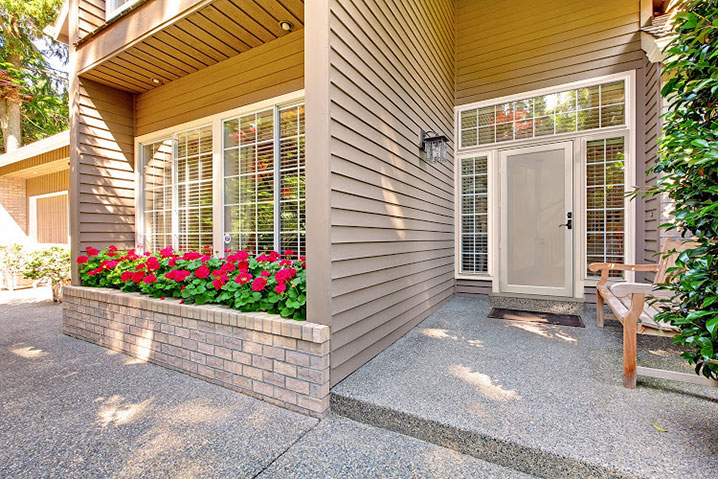Replacement windows featuring the Energy Star label will tell the consumer that it’s different from other replacement windows. For one thing, this label means the window had to meet certain energy efficiency requirements created by the EPA based on certain specifications.
The EPA established Energy Star® in 1992 with the purpose of rating energy-efficient appliances and products while rewarding homeowners who purchased or installed them. By increasing energy efficiency, home owners are conserving the environment and saving money on their monthly energy bills.
Energy Star Qualifications
Here are the three main things that qualify windows to be Energy Star certified:
- The windows must be made by an Energy Star partner.
- The windows have to be independently certified, tested, and verified by the National Fenestration Rating Council (NFRC).
- The windows must include NFRC ratings meeting stringent energy efficiency guidelines created by the EPA.
It’s important to note that performance criteria vary by climate zone, and there are many throughout the United States. Before buying windows for your Texas home, get in touch with a trusted window installer or check this map of the four regions that comprise the U.S.
Energy Star Rating System
Energy Star scores grade windows on a scale of 1-100, with the higher your energy score being better. The score your window receives is a result of an evaluation of its energy performance based on its billed energy usage. You will find that Energy Star ratings refer to the efficiency of an entire structure or building.
If you want to find out a specific number on a window, you must take a look at the window’s NFRC label. Basically, ENERGY STAR label tells you if a product is energy efficient, while the NFRC label offers a comparison between energy-efficient products (windows in this case) by evaluating their energy performance.
When you pay attention to high ratings, it can really add up in savings. For example, you could save between $100 and $600 a year when replacing a single-pane window, or between $30 and $200 a year when you replace double-pane windows.
The NFRC
When home and business owners want to compare properties of energy-efficient windows, doors, and even skylights, they turn to the NFRC label, which outlines energy performance ratings in a multitude of categories.
Those four categories include:
- Visible Transmittance: A measurement of how well a window can allow natural light to enter the home. The higher the number, the better.
- U-Factor: Measures how well the window prevents the escape of heat from the interior. The lower the number, the better.
- Air Leakage: A measurement of how much air will enter a room via the window. The lower the number, the better (it equates to fewer drafts).
- Solar Heat Gain Coefficient: A measurement of how well the window prevents heat gain The lower the number, the better.
Why You Should Install Energy Star Windows
There are six top benefits of installing Energy Star windows in your Austin home:
- They save money
- They use less energy
- They reduce greenhouse gas emissions
- You remain more comfortable in your own home
- They prevent UV damage to flooring, carpets and furniture
- You get certified, verified performance
Contact Amazing Exteriors for Energy Efficient Replacement Windows
If you still have questions about Energy Star ratings for your new Marvin windows, contact us today at 512-428-8417 to schedule a free in-home estimate or visit one of our Texas showrooms. We specialize in Austin, Dallas and San Antonio Replacement Windows.















